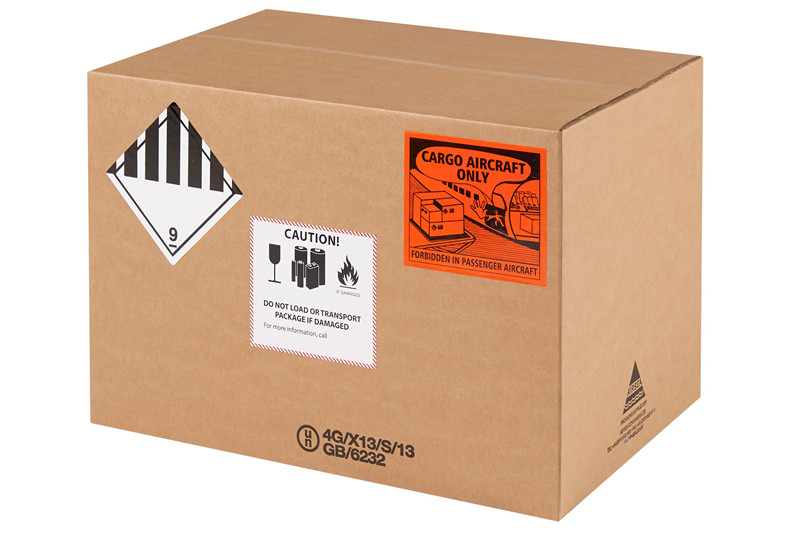Key Takeaway:
- Transporting lithium batteries requires adherence to strict regulations due to their flammability, thermal runaway risk, and potential for explosion. Compliance is mandated by various national and international agencies.
Lithium batteries power most high-powered devices today, from vehicles to cell phones. These batteries come in various sizes, watt-hours, chemistries, and volumes.
Manufacturers design and ship them as standalone packs, pre-installed in devices, or packaged with the device. No matter which channel you use to ship lithium batteries, national and international restrictions must be followed.
Why Does the Transport of Lithium Batteries Require Strict Regulations?
Lithium cells and batteries are classified as dangerous goods for transportation due to potential risks as below:
- The flammability and corrosiveness of the electrolyte.
- Thermal runaway caused by battery overheating.
- Fire or explosion triggered by short circuits.
Lithium Batteries Shipping Regulations
The transportation of lithium batteries is subject to a strict set of regulations. These regulations include but are not limited to:
- U.S. Department of Transportation (DOT) hazardous materials regulations, which mention the classification, packaging, labeling, and transportation documentation requirements for lithium batteries.
- International Maritime Organization (IMO) dangerous goods code, primarily focus on the sea transportation of lithium batteries.
- International Civil Aviation Organization (ICAO) technical instructions, providing detailed safety guidance for the lithium batteries air transportation.
Packaging Requirements For Lithium Batteries
Here are the packaging requirements to keep lithium batteries traveling safely and comply with regulations:
- Label It Right: Every package contains lithium batteries or cells, either standalone or integrated into devices, must bear a label declaring its power source and displays the hazard marking.
- Short Circuit Block: Your packaging must prevent short circuits from electrical connections.
- No Defects Allowed: Faulty or damaged batteries are never permitted for travel.
- Recycling Rules: Batteries being returned to the manufacturer for recycling cannot fly without airline approval.
- Weight Watchers: If your lithium battery weighs over 35 kg, it requires approval from national authorities. Lighter loads up to 35 kg are allowed for certain types.
- Volume Matters: High-volume lithium-ion batteries under 100Wh have a 10 kg per package limit, while low-volume batches are limited to 5 kg.
- No Passenger Planes for Some: Cargo-tagged lithium batteries and cells are prohibited on passenger aircraft. When shipped as cargo, they must be at a 30% charge or less.

Tips for Shipping Lithium Batteries
To safely transport lithium batteries, consider implementing the following best practices:
- Certify Your Team: Ensure that all transport personnel have received proper training and hold relevant certifications.
- Partner with Reputable Carriers: Collaborate with reputable express service providers, ensuring they understand and comply with regulations.
- Stay Current with Regulations: Regularly review and update transportation processes to meet the latest regulatory requirements.
- Prepare Essential Documentation: Prepare the necessary documentation and certificates for the transportation of lithium batteries, such as the Dangerous Goods Contract, Material Safety Data Sheet (MSDS), and UN38.3 Certificate.
The Consequences of Non-Compliance
Non-compliance with lithium battery transportation regulations may lead to the following consequences:
- The cargo may be refused for transportation.
- There may be exposure to high fines and legal liabilities.
- Business reputation may be damaged, and future transportation activities may even be prohibited.
- Most seriously, it could lead to safety accidents resulting in personal injuries and property damage.
Conclusion
Transporting lithium batteries demands a sophisticated and meticulously regulated approach. For the assurance of safety and adherence to standards, all parties involved in shipping lithium batteries must be knowledgeable and compliant with relevant regulations..
By following best practices and maintaining rigorous oversight, the risks of the transportation process can be mitigated, protecting human safety and the environment.

